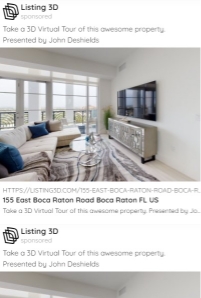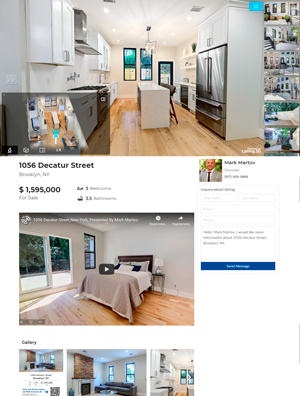The Impact of an Inverted Yield Curve on Real Estate Transactions: Navigating Uncertainty
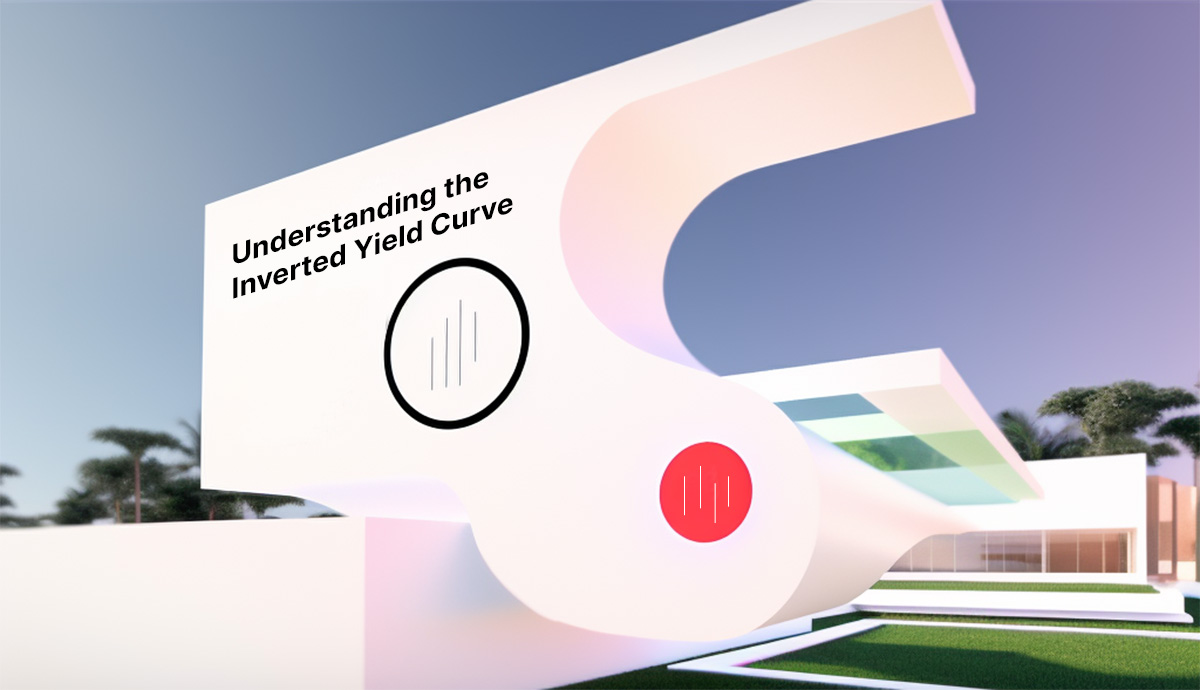
The world of real estate can be a complex and challenging landscape to navigate, particularly when it comes to an understanding the many factors that can influence transactions. One such factor is the inverted yield curve – a financial phenomenon that has historically been linked to economic downturns and potential recessions. This blog post aims to explore the inverted yield curve, its implications for the real estate market, and the strategies that buyers, sellers, and investors can employ to ensure successful transactions in such an environment.
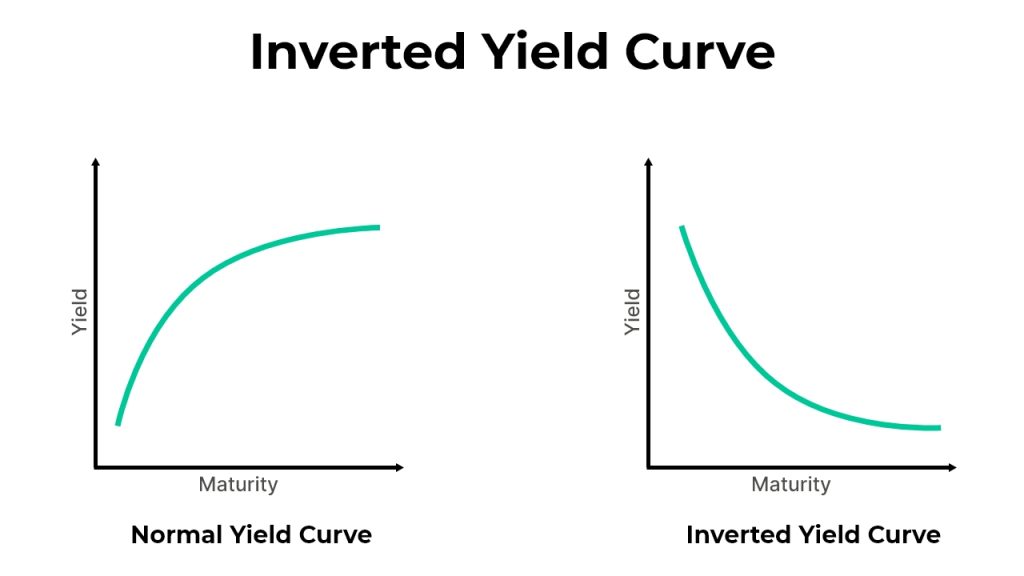
Understanding the Inverted Yield Curve
Before diving into the specific effects of an inverted yield curve on real estate, it is crucial to have a firm grasp of the concept itself.
An inverted yield curve occurs when long-term interest rates fall below short-term interest rates. This is a deviation from the typical upward-sloping yield curve, where long-term rates are higher than short-term rates. Investors generally expect higher returns for holding longer-term bonds, as they assume greater risk over a more extended period.
Several factors can contribute to an inverted yield curve, including inverted expectations, flight to quality, and central bank policy. When investors anticipate lower interest rates in the future, they may seek out long-term bonds to lock in higher yields. This increased demand pushes up the price of long-term bonds, lowering their yields and potentially inverting the yield curve. Flight to quality occurs when investors flock to safer assets like long-term government bonds amid economic uncertainty, driving up prices and reducing yields. Finally, central bank policies, like raising short-term rates to combat inflation, can result in an inverted yield curve if short-term rates surpass long-term rates.

Implications for the Real Estate Market
An inverted yield curve has several implications for the real estate market, primarily because it is often seen as a precursor to economic slowdowns or recessions. In this context, an inverted yield curve may impact the real estate market in the following ways:
1. Changes in Credit Availability: An inverted yield curve can also impact the availability of credit in the market, as banks may become more hesitant to lend money, particularly for riskier ventures. This tightened credit environment can make it more challenging for individuals to secure loans or refinance existing mortgages, putting further pressure on the real estate market.
2. Slower transaction volume: An inverted yield curve may signal economic uncertainty, leading to increased caution among buyers and sellers. This caution can result in slower transaction volume, as both parties may be hesitant to commit to a deal in a potentially unstable market.
3. Impact on commercial real estate: Commercial real estate can be particularly vulnerable to changes in the economic landscape. An inverted yield curve may signal a reduction in business investment and expansion, leading to less demand for commercial properties. Additionally, businesses may be less likely to take on long-term leases in an uncertain environment.
4. Reduced mortgage rates: One of the most effects of an inverted yield curve on real estate transactions is the influence on mortgage rates. Since mortgages are long-term loans, their interest rates are closely related to the yields on long-term government bonds. When the yield curve inverts, long-term bond yields decrease, which can result in lower mortgage rates.
5. Consumer behavior: As mentioned earlier, an inverted yield curve is often associated with a potential economic downturn. When consumers believe a recession is looming, they may become more cautious with their spending and investment decisions. This heightened sense of uncertainty can lead to a decrease in demand for real estate, as potential homebuyers may postpone purchases or downsize their housing choices.
6. The shift in investment patterns: An inverted yield curve can also lead to shifts in investment patterns, as investors reevaluate their strategies in response to changing market conditions and economic outlooks.
7. Increased cost of short-term financing: With short-term interest rates higher than long-term rates, the cost of short-term financings, such as adjustable-rate mortgages (ARMs) and construction loans, may increase. This can make it more expensive for buyers to finance their purchases and for developers to fund new construction projects.
8. Slower appreciation: As economic growth slows down, real estate prices may experience slower appreciation or even depreciation, leading to reduced returns for investors and homeowners.

A cohesive tactical plan for a real estate agent during the economic uncertainty of the digital age.
1. Define your target audience: Understand who your ideal clients are (buyers, sellers, renters) and their preferences.
a. Identify your unique selling points and strengths.
b. Develop a brand identity, including a logo, color scheme, and style guide.
c. Share your expertise by writing articles, guest posting on industry blogs, or participating in podcasts and webinars.
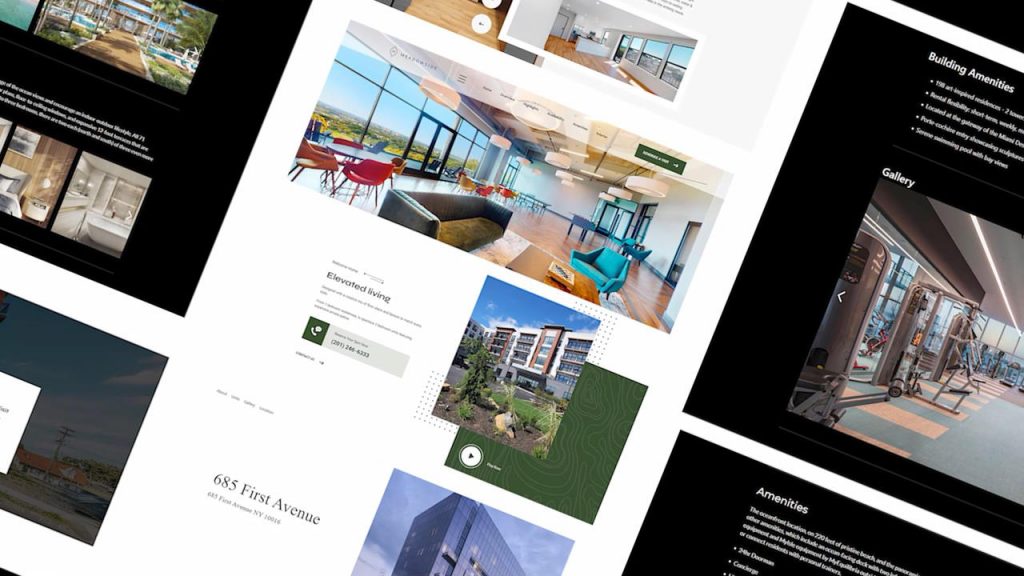
2. Build a strong personal brand: Develop a unique value proposition that sets you apart from competitors. Showcase your expertise and knowledge through content and storytelling.
a. Identify your unique selling points and strengths.
b. Develop a brand identity, including a logo, color scheme, and style guide.
c. Share your expertise by writing articles, guest posting on industry blogs, or participating in podcasts and webinars.

3. Utilize multiple marketing channels: Implement a mix of traditional and digital marketing strategies, including social media, paid search, email marketing, and listing websites like Zillow and realtor.com.
a. Set up and optimize profiles on social media platforms (Facebook, Instagram, LinkedIn, etc.).
b. Create and optimize your website or blog for search engines (SEO).
c. Run a paid search and social media ad campaigns targeting your ideal audience.


4. Create high-quality content: Produce engaging and valuable content, such as blog posts, videos, and social media updates, that resonate with your target audience.
a. Develop a content calendar to plan and schedule your content.
b. Produce engaging blog posts, videos, and social media updates.
c. Promote your content through your marketing channels and reach out to influencers for collaboration.
5. Maintain consistency and frequency in communication: Stay in front of prospects with regular communication through various channels, such as emails, text messages, and phone calls.
a. Develop a content calendar to plan and schedule your content.
b. Produce engaging blog posts, videos, and social media updates.
c. Promote your content through your marketing channels and reach out to influencers for collaboration.
6. Employ a clear call to action: Encourage deeper interaction and conversion by including a clear call to action in all communications.
a. Develop a content calendar to plan and schedule your content.
b. Produce engaging blog posts, videos, and social media updates.
c. Promote your content through your marketing channels and reach out to influencers for collaboration.
7. Understand and optimize the marketing funnel: Develop strategies for each stage of the funnel (awareness, interest, consideration, and conversion) and continuously cycle through them to optimize results.
a. Create strategies for each stage of the funnel (awareness, interest, consideration, and conversion).
b. Use analytics tools to track the performance of each stage.
c. Adjust and optimize strategies based on performance data.
8. Track and measure success: Monitor the performance of each marketing channel and tactic, attributing benefits and return on investment to optimize future efforts.
a. Create strategies for each stage of the funnel (awareness, interest, consideration, and conversion).
b. Use analytics tools to track the performance of each stage.
c. Adjust and optimize strategies based on performance data.
9. Nurture relationships and network: Build and maintain relationships with clients, prospects, and other industry professionals to expand your network and generate referrals.
a. Create strategies for each stage of the funnel (awareness, interest, consideration, and conversion).
b. Use analytics tools to track the performance of each stage.
c. Adjust and optimize strategies based on performance data.
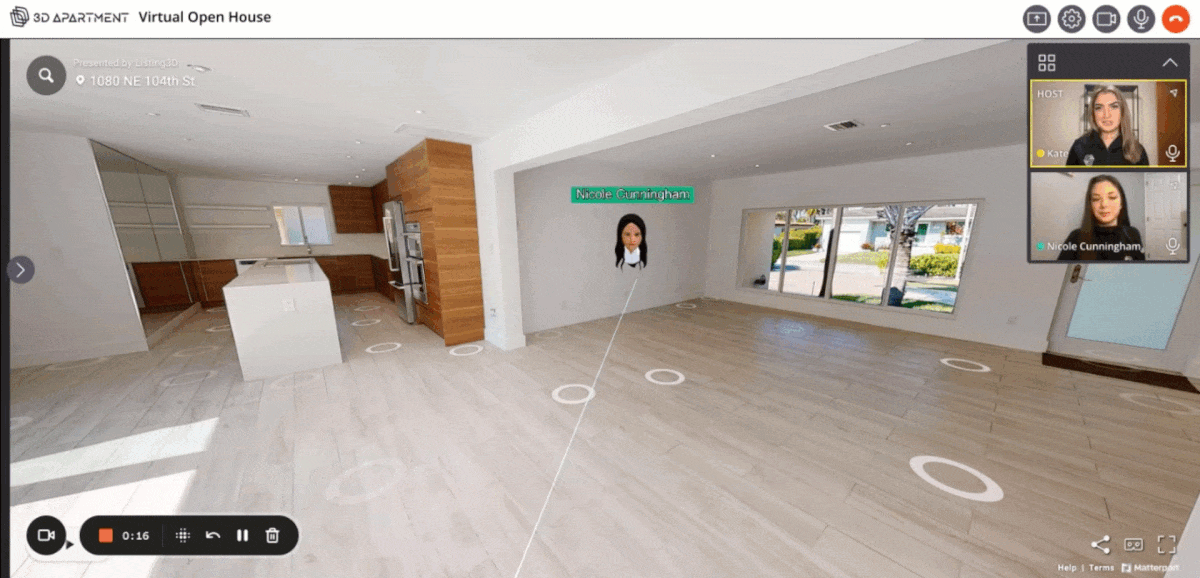
10. Embrace emerging technologies and trends: Stay ahead of the competition by exploring new marketing technologies, such as the Metaverse, and incorporating them into your strategy as they become relevant.
a. Stay informed about new marketing technologies and trends through industry blogs, podcasts, and webinars.
b. Experiment with emerging platforms or tools on a small scale.
c. Incorporate successful new strategies into your overall marketing plan.
11. Adopt a long-term mindset: Focus on consistently working on your marketing strategies over time for sustained growth and success rather than expecting immediate results.
a. Set long-term goals and break them down into achievable milestones.
b. Focus on continuous improvement and learning from your experiences.
c. Stay persistent and committed to your marketing efforts, even when results are not immediate.
By integrating these tactics into a cohesive plan, real estate agent can effectively grow their network, increase their visibility in the market, and ultimately achieve better results in terms of conversions and sales.
Real estate agents can face difficulties in a low inventory market, but there are strategies they can employ to succeed. It’s important to stay up-to-date on the market, prioritize listings, work with buyers, build relationships with other agents, be innovative with financing options and use cutting-edge technologies to stand out during the listing presentation, and focus on cultivating long-term relationships with clients. By implementing these tactics, agents can thrive even in challenging market conditions. Overwhelmed and looking for some help? Listing3D has got you covered. Schedule a demo with us.
Additional Services
Take Your Marketing Even Further


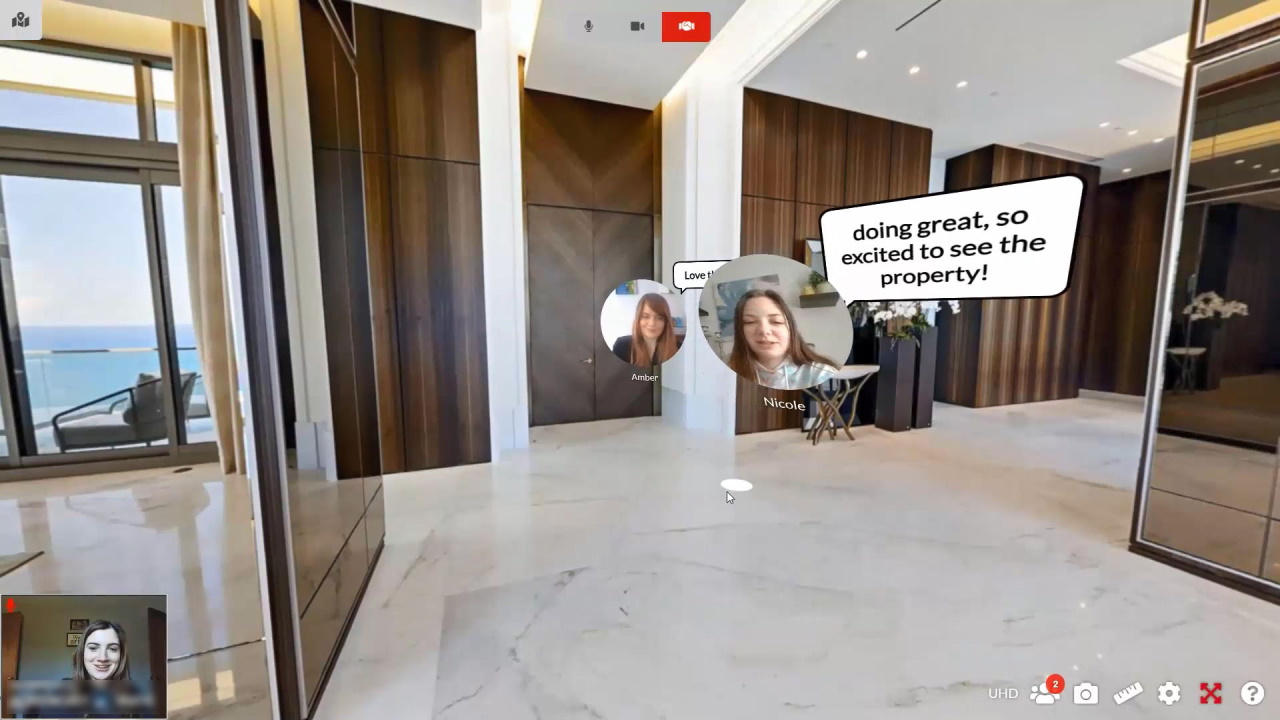



Additional Features at no cost
Part of any package


